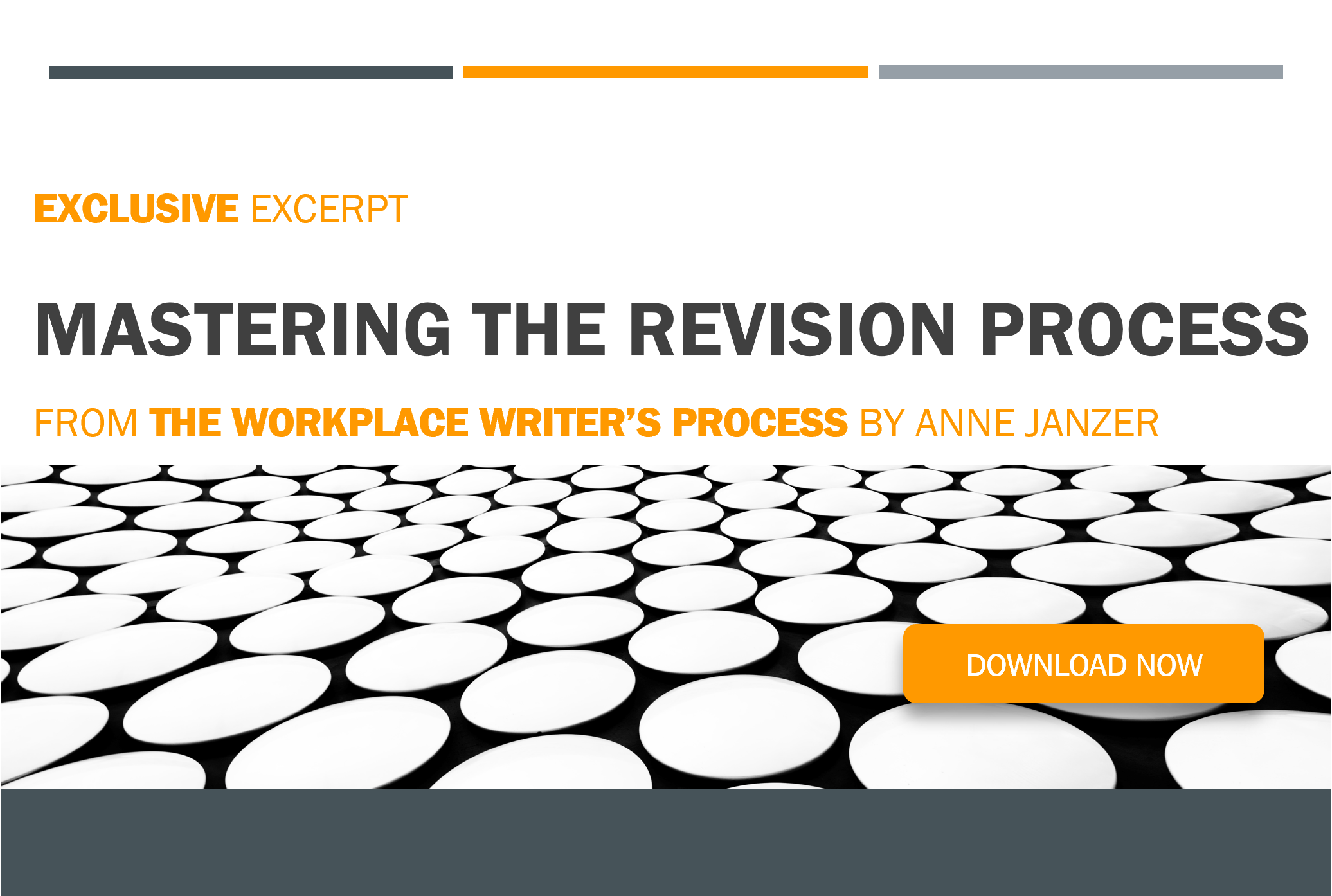The legal industry is overrun with counterintuitive and counterproductive expectations about innovation. The demands for radical innovation seem to grow louder every day. The more frustrated we are with the lack of progress, the more extreme we are with our demands. But here’s a simple question: is the purpose of innovation to show our CEOs and clients that we are exploring the latest fashionable technology? Or is the purpose of innovation to increase revenue, value, and client satisfaction?
Innovation Isn’t Everywhere or Everything
Despite the fact that there are still some lawyers holding onto WordPerfect, on the whole, lawyers aren’t the laggards we’re made out to be. Innovation is important and seems pervasive, but most companies don’t prioritize it. According to a worldwide survey of over 5,000 board members, only 30% consider innovation a top strategic challenge. For law firms, the story isn’t much different. Only 31% of legal ops professionals say the law firms they work with are innovating.
There’s a lot of fanfare when big-budget innovation initiatives are launched, so you may feel that everyone is going big—and that nothing else is worth pursuing. But the fact is that, of companies that are innovating, only 25% are engaged in active transformative efforts. Most are engaged in incremental, reactive improvements.
And chasing big breakthroughs isn’t the same as actually achieving them. Research has shown that big innovation budgets and risks lead to failure more often than big rewards. In fact, 85% of new offerings fail. But, we seem to brush off the downside of big risks. Survivorship bias leads us to fixate on those bold strategies—and discard all others that are not sufficiently radical.
Innovation Comes In All Sizes
As Ron Friedman discussed, lawyers tend to see innovation as a binary: revolutionary or evolutionary. But, there’s more to it than that. Innovation comes in all sizes. Some are more difficult to achieve than others, but they are all worthy. According to 40-year study, this is how it breaks down:
- Disruptive Innovation is focused outward on new business models and entering (then devouring) existing markets; it’s about delivering something in response to customer needs.
- Radical Innovation is focused inward on organizational and individual capabilities and capital; it’s about creating new products and markets, and is aided by technological advancements.
- Revolutionary Innovation combines radical and disruptive innovation and requires that both kinds occur together. These innovations move organizations into uncharted territory, require new mindsets, and entirely new ways of thinking. It requires a rare combination of mindset and capabilities for revolutionary innovation to occur.
- Incremental Innovation is the most common form. It keeps firms competitive in the short-term; it’s about small tweaks to existing products or processes.
In reality, for most law firms, it makes more sense and is more profitable to pursue incremental innovation. A narrower scope with a smaller spend puts the focus on improving the firm’s most valuable offerings, and addressing real client concerns.
Embracing Incrementalism
Incremental innovation typically involves looking at the market and planning how you will use your current resources to react to those trends and opportunities. It’s a calculated, step-by-step improvement. It’s less exciting than shouting “Eureka,” but it works.
A benefit of incremental innovation is that it can be top-down, or bottom-up. When innovation is driven by management, those top-down innovations tend to be updates and extensions planned to ensure continuous progress. When innovation is driven by the front-line, such as associates and professional staff, it leads to small-scale breakthroughs that add significant value.
Opportunities for Incremental Innovation
Let’s revisit one of my favorite overlooked innovation opportunities: document creation. We create documents to deliver our advice and counsel, to record transactions and agreements, and to advocate or persuade. At the end of our representation, the documents we create are often the only tangible deliverable.
For many clients, the time spent and presentation of our documents can be the only way that they can assess the quality of our work. If the process is slow or the document is sloppy, then, to them, the quality is poor. Research shows that perceived quality is the top factor in determining value received. If a product or service doesn’t meet the minimum standard for quality, no other element or combination of them can overcome the client’s view that value is lacking.
Document creation is something that all lawyers do. This makes it ripe for impactful, incremental innovation. According to Jason Barnwell, “Modest innovation applied to a process that happens at scale can be more valuable than grand innovation applied to an infrequent process.” I agree. And other than email, I can’t think of anywhere we spend more time.
There’s also a lot of opportunity for innovation in the document creation process because many lawyers still lack basic word processing skills and most firms aren’t working to optimize how they work in MS Word or create documents overall. Firms that improve this process make headlines.
There are several small steps firms can take to address the document creation process. Start with assessment and training to develop basic skills. Then analyze and optimize your document creation workflow. After that, introduce some MS Word add-ins to enhance efficiency and improve quality. With a redesigned workflow and better technology, you can consider staffing and push lower value work down to less expensive staff.
Staffing and service delivery improvements are innovative. The improvements will be noticeable. Moreover, this is the innovation that clients care about and expect you to do. In the 10th Anniversary Legal Ops Report the authors encouraged legal professionals to start with incremental innovation and the “low hanging fruit.” MS Word certainly qualifies. Major innovation is a long-term goal, but with incremental innovation you can have immediate success.
Putting Revenue, Value and Client Satisfaction First
Since innovation is such a buzzword, you may feel that you’re getting left behind while others are producing breakthrough innovations. That’s almost certainly not the case. According to a McKinsey survey, just 6% of executives were satisfied with the outcome of innovation efforts. So for most firms, one of the best things you can do is scale back expectations before widespread disillusionment sets in.
Instead, let’s revisit incremental innovation. Incremental innovation is a worthy goal—and it is real progress. A “go big or go home” attitude toward innovation is myopic and discourages firms from trying to make any changes at all. An innovation needn’t make headlines to serve an important purpose in an organization. Isn’t increasing revenue and value by creating more satisfied, loyal, paying clients supposed to be the whole point of this innovation frenzy?
There has never been a better moment to get back to it.
This article was originally published October 9, 2018 on Above the Law during Ivy’s time with PerfectIt, which is a consistency checker that works well with WordRake.
About the Author
Ivy B. Grey is the Chief Strategy & Growth Officer for WordRake. Prior to joining the team, she practiced bankruptcy law for ten years. In 2020, Ivy was recognized as an Influential Woman in Legal Tech by ILTA. She has also been recognized as a Fastcase 50 Honoree and included in the Women of Legal Tech list by the ABA Legal Technology Resource Center. Follow Ivy on Twitter @IvyBGrey or connect with her on LinkedIn.







